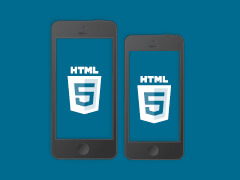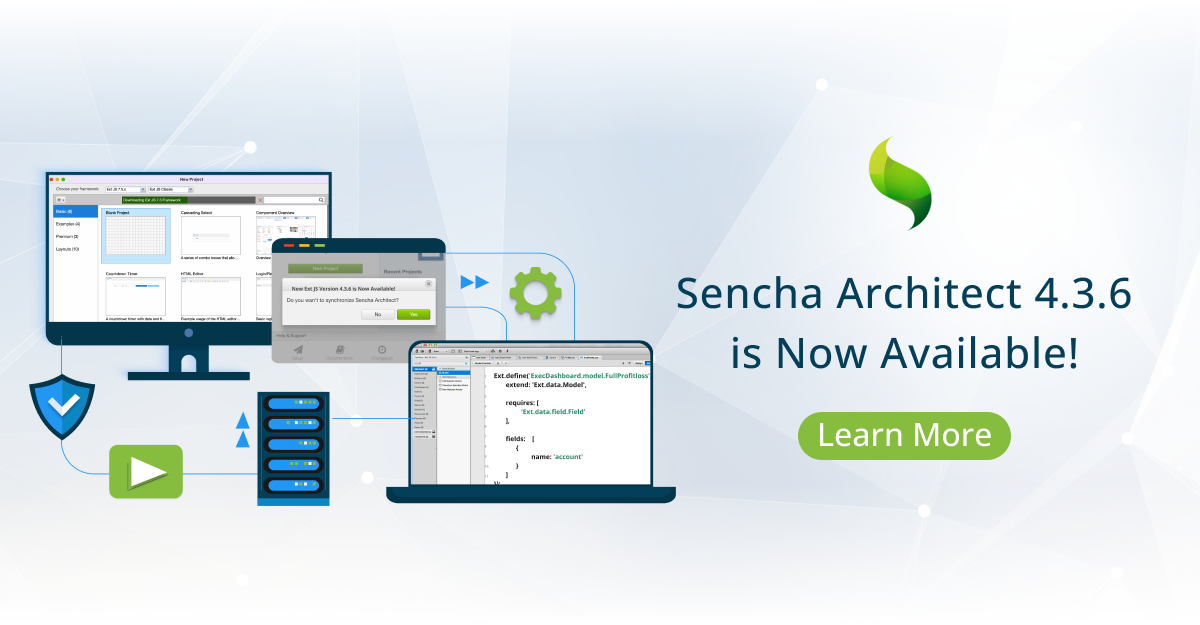Best Practices for Building HTML5 Applications
 JavaScript has enjoyed a long and storied history since its creation in 1995. As a prototype-based scripting language, JavaScript quickly became useful as a mechanism to implement dynamic logic and interactivity on web sites — and combined with the latest features of HTML5 and CSS3, JavaScript has evolved into a required technology for delivering powerful web applications.
JavaScript has enjoyed a long and storied history since its creation in 1995. As a prototype-based scripting language, JavaScript quickly became useful as a mechanism to implement dynamic logic and interactivity on web sites — and combined with the latest features of HTML5 and CSS3, JavaScript has evolved into a required technology for delivering powerful web applications.
But web development also has a frustrating past, and for many software developers JavaScript and CSS remain tricky to learn. Older Internet browsers delivered wide variations in the ECMAScript and CSS specifications which led to many problems creating applications compatible across browsers and devices. Rather than trying to implement this cross-browser code themselves, developers often turned to JavaScript libraries like Prototype (2005), jQuery (2006) and Ext JS (2007).
Over the years, Sencha has evolved with the needs of enterprise web applications, and our customers look to us for direction and leadership as these web technologies continue to advance.
Defining Best Practices
HTML5 has proven itself to be a reliable and powerful platform for building robust applications across a variety of devices. However, as web technology continues to evolve at a rapid pace, it can be difficult for developers to stay on top of the latest tools and techniques.
Our customers frequently ask our advice on the subject of “best practices” — and while we’ve covered many of these concepts in past webinars and at SenchaCon, we wanted to start 2015 by releasing a more robust collection of recommendations for building enterprise web applications with JavaScript and HTML5.
A lot of this advice is used internally at Sencha and certainly applies to building applications with Sencha frameworks — but this JavaScript style guide can also help teams building applications with any framework, or even just vanilla JavaScript. These recommendations are based on our own experiences, as well as direct interaction with our enterprise customers.
The overall goal for this document is to help you evaluate what Sencha considers to be the important aspects of “quality” code, and ultimately create your own readable, maintainable and scalable JavaScript projects. These best practices stand as a baseline from which your teams can implement your own strategy for building a high quality JavaScript codebase. We encourage you to fork our GitHub repo!
Hear More from the Experts
To go a step further, Sencha has organized a panel of experts to discuss a variety of topics in our January webinar titled Best Practices for Building HTML5 Applications. Join thought leaders from Sencha, Netflix, Salesforce, Apigee, Swarm Online and Modus Create as we examine:
- Strategies for building scalable and maintainable code
- Approaches to consider when building web applications for mobile or desktop
- Which tools and resources the experts recommend
Best Practices for Building HTML5 Applications
January 22, 2015
10:00am PST

We’re excited to announce the official release of Rapid Ext JS 1.0, a revolutionary low-code…

The Sencha team is pleased to announce the availability of Sencha Architect version 4.3.6. Building…

Sencha, a leader in JavaScript developer tools for building cross-platform and enterprise web applications, is…













